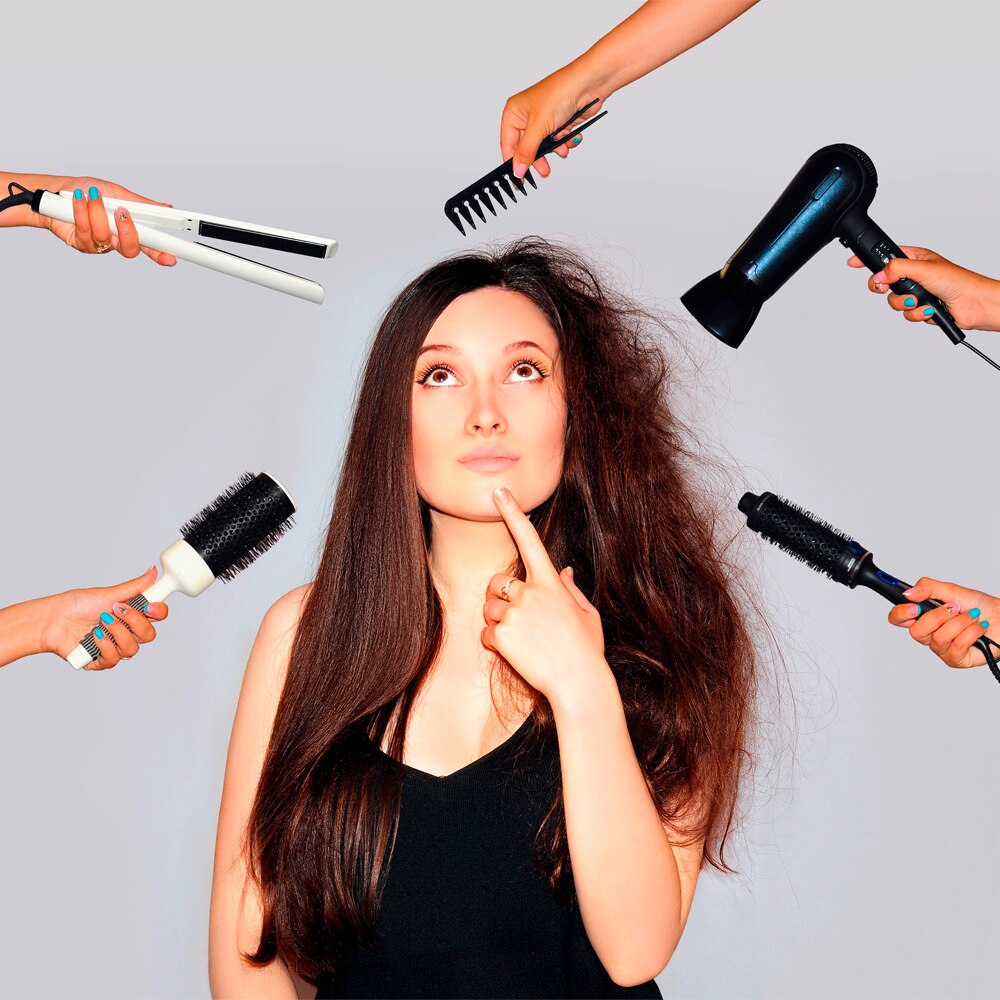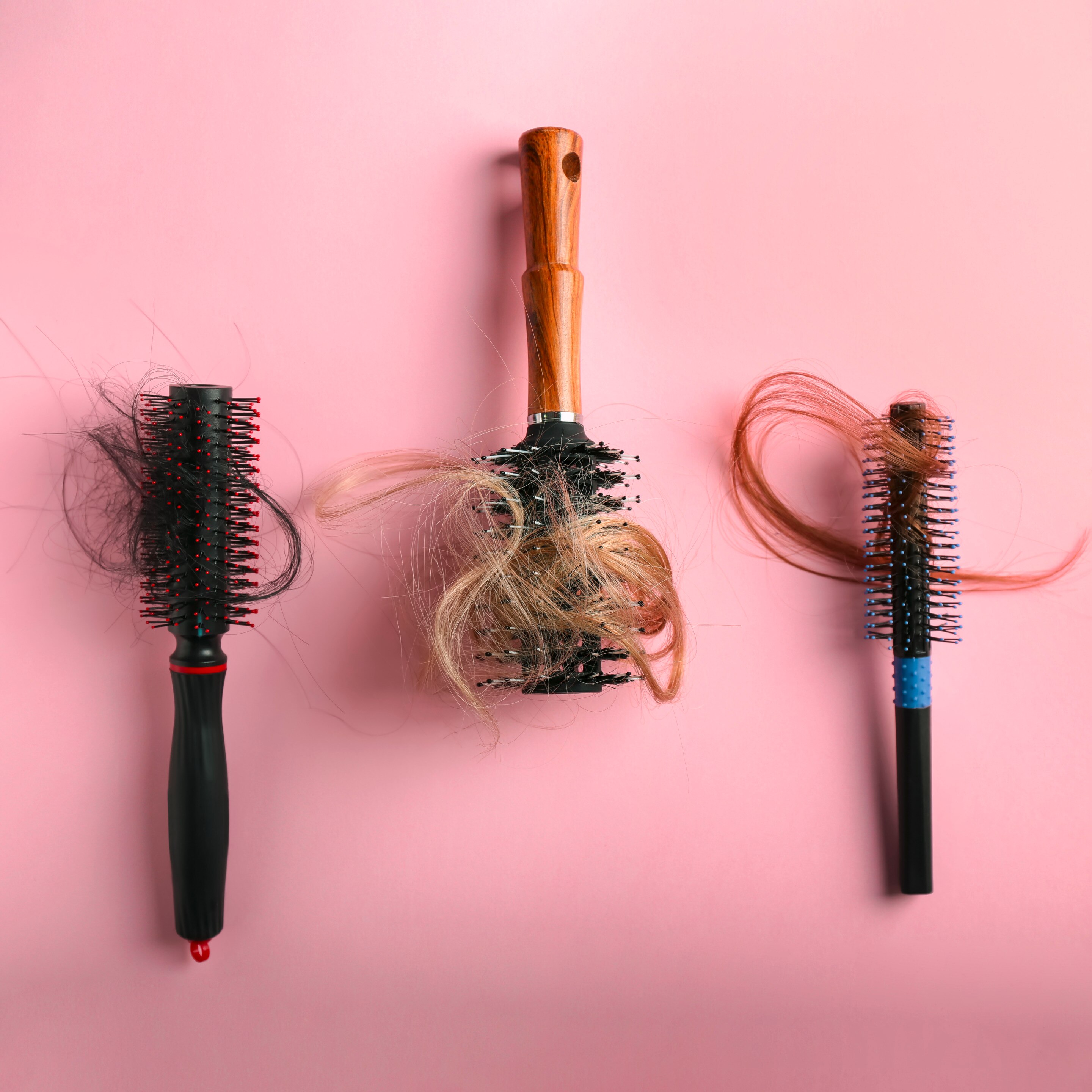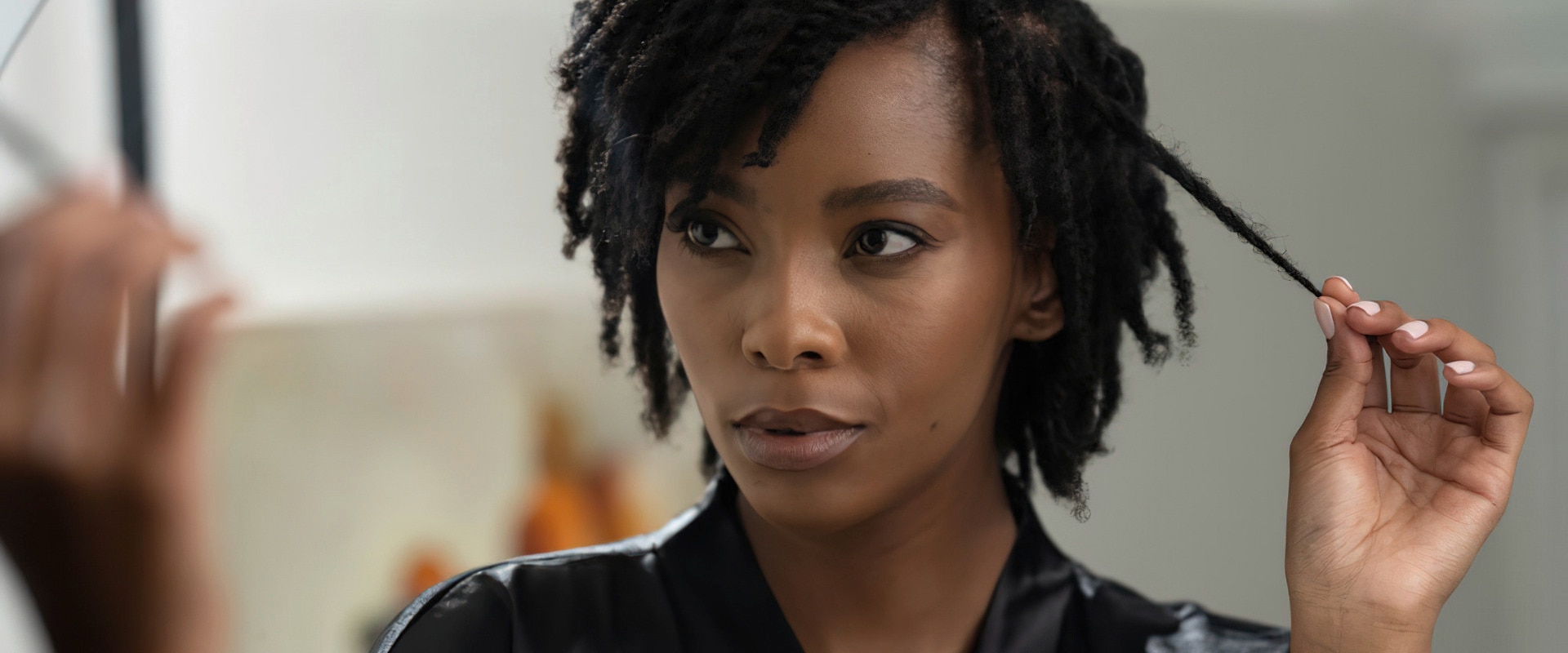Top Tips for Preventing Split Ends
Split ends are not uncommon...even for the healthiest of hair! However if left untreated, split ends can turn into bigger problems. Here’s how to prevent split ends and keep your locks long, healthy and happy.
What are split ends?
A split end occurs when your hair splinters or frays due to damage to the oldest part of the hair shaft. It is this part of the hair that is subject to more washing, heat styling, sun damage, and natural wear and tear over time. Because hair grows from the root, the very ends of your hair are the oldest as well as the most vulnerable area of your hair.
Naturally, this makes breakage at this endpoint relatively common. While a bit of tear at the tip of your hair shaft might seem minor, leaving split ends untreated can cause breaks further up the hair follicle which leads to unsightly damage. This is the most common cause of flyaway and frizzy hair.
Not all split ends are equal. It’s essential to understand what’s causing them so you can better treat or prevent split ends.
Common causes of split ends
1. Natural wear and tear
If you’ve got minor frays at the ends of your locks and are due for a trim, then it’s just a natural part of your hair’s cycle and unavoidable.
2. Over-dying or heat styling
If you’ve got severe split ends even though you’ve just had a chop, your hair could be dry and damaged from bleach, colour or hot styling tools.
3. Friction
Repeatedly wrapping your hair in buns, beanies, hats, hoodies, or scarves creates friction, agitating the hair. Furiously drying your hair with a towel can also cause unwanted damage.
4. Environmental damage
You might notice your hair is more prone to splitting in colder, dryer months when the weather is harsher. On the flip side, lots of sun and sea exposure can also dry out your locks and lead to split ends.
5. Overall health
Your hair can be a good sign of your internal health. If your diet or nutrition is off or you’re battling other illnesses, it’s not uncommon for your hair to take a toll too.

Types of split ends
If you examine the very ends of your hair, you’ll immediately discover if your ends are split. Your hair can split in a few ways. For example, it can split centrally in half or at several different places to look like a tree branch. It can also weaken at the tip, causing a thinning effect called a “candle split”, or fray into three points to resemble a fork.
While split ends are super common, you can still help prevent and manage them. Here are some top hair tips to keep in mind:
• Go for regular trims
The easiest way to prevent split ends is to go for a trim every six to eight weeks. By cutting off your dead ends, they are less likely to fray or split and cause further damage.
• Minimise heat styling
Flat irons, curlers and hair dryers can put a serious strain on your hair if overused. Let your hair air-dry where possible. For bonus points, don’t put hot water on your hair either. Cool or lukewarm water causes less damage to your hair.
• Use a heat protectant
If you do heat style, make sure to apply a good heat protectant to minimise damage. Focus on applying it at the very ends of your hair where it is most vulnerable to damage.
• Use the right shampoo and conditioner
Healthy hair starts with the basics. A good shampoo and conditioner routine can help keep your hair nourished, strong and healthy. For preventing split ends, our salon professionals swear by the TRESemmé Anti-Breakage conditioner. This conditioner has been created specifically to strengthen and protect hair against breakage. It does this by moisturising and nourishing your hair, targeting the most damaged areas to reduce breakage by up to 80% after just one use. Plus, it’s also gentle and light enough for daily use.
• Wear protective styles
If you’re in the sun, wind or any type of harsh weather conditions, wear protective styles like braids. Just make sure to use hair elastics that are easy to remove and not rubber ones that can yank your hair and cause breakage.
• Go gentle
When you’re brushing, washing or drying your hair - try to be a bit softer. We’re often hard on our hair and unnecessarily pull, tease or agitate it. And whatever you do, avoid picking or pulling your split ends! We know it can be tempting to peel back the ends, but you’re only doing your hair disservice.





